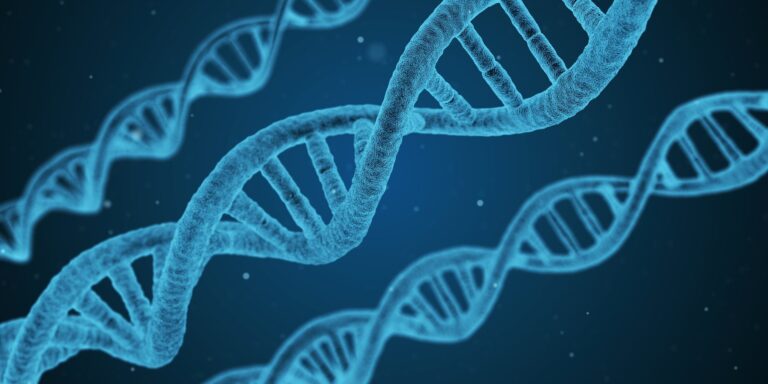
Paving the way for breakthroughs in early detection and life-saving treatments
Genetic changes can signal evidence of disease, but pinpointing which genes and what's changed can be difficult.
But in a study of traits that offer clues of a person's cardiovascular health-such as lipid and glucose levels and inflammation-a team of researchers at Case Western Reserve University devised a computational method and tool to improve how genes and genetic changes that cause diseases are identified.

Their new approach could allow doctors to detect and treat so-called cardiometabolic diseases earlier in their development.
"We have been able to identify new genes that were previously overlooked, expanding our knowledge of genetic basis of diseases," said lead researcher Xiaofeng Zhu, a professor in the Department of Population and Quantitative Health Sciences at Case Western Reserve University School of Medicine.
Their findings were recently published in the journal Nature Communications.
New tool
For this study, the team focused on cardiometabolic health-the overall well-being of your heart and blood vessels and how your body breaks down food to create energy.
The researchers used existing so-called "genome-wide association studies" (GWAS), which can identify areas in a person's DNA linked to traits found in cardiovascular diseases.
But even these types of studies are inexact. Identifying which gene or change is causing the disease is difficult because genes can overlap and interconnect, contributing to the complexity and efficiency. The genetic changes can affect the DNA in indirect or hidden ways-like turning genes on or off or working far from where they're located-all affect how genes function.
But building on this approach, the team developed a new computationally effective tool to pinpoint the genes and probable changes in a particular region of a person's DNA. (The researchers labeled their tool TGVIS, for Tissue-Gene pairs, direct casual Variants, and Infinitesimal Effects Selector.)
"We used TGVIS to study 45 traits related to heart and metabolism, using genomic data from 31 different types of body tissues," Zhu said. "This helped us better identify which genes are likely causing these traits. We even found new genes that previous studies missed."
How it works
Their method combines information from GWAS with other biological data-such as how your body uses the instructions in your DNA to make things it needs like protein and molecules that help our bodies function. Using advanced math and computer calculations, the data is merged to identify which genes and DNA changes might be causing those diseases.
While the TGVIS tool was applied to cardiometabolic traits, its method could be adapted to study other diseases. Zhu is now looking to identify traits for breast cancer, Alzheimer's disease and cardiovascular diseases.
"We can also now prioritize which genes to study further," Zhu said, "making research more efficient and focused, which can accelerate the pace of scientific discoveries and innovations."
Yihe Yang, a postdoctoral fellow in Zhu's lab, took a leading role in the study. Noah Lorinez-Comi, a former PhD student in the lab, also contributed to the research.






